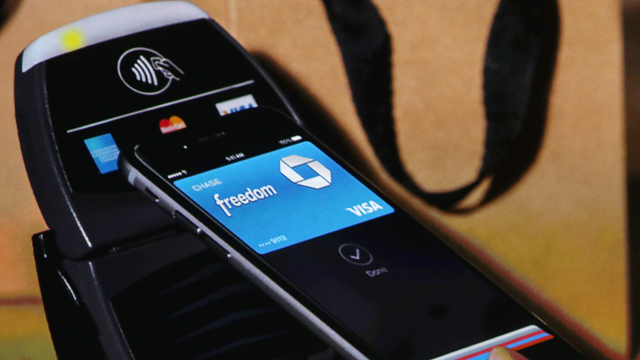
In October, Apple released their NFC-powered payment platform, Apple Pay, and already, things are changing.
The New York Times said that American consumers and how they pay are slowly changing due to Apple’s payment platform. Whole Foods recorded 150,000 iPhone transactions. NFC payments doubled at Walgreens these past several weeks, and at McDonald’s, Apple’s payment service “already accounts for 50 percent of its tap-to-pay total.”
Apple’s platform is far from a dominant payment, but the increasing numbers in just three weeks says that Apple may be on to something. An analyst describes the transition as a “slow-moving revolution.”
Apple Pay competitors, Softcard and Google Wallet, have seen an increase in downloads and user engagement. Now that the technology is increasing, suggesting a larger market for NFC programs in the future, retailers may be more willing to invest in the technology.
The Apple Watch, which is to be released in the spring, could increase the payment option even more. One of the many features the watch has is the use of your credit and debit cards without having to struggle to get the plastic card out. The company says that it will be a very secure way to pay since the actual card numbers aren’t shared with the opposite party. Apple’s site says that “Apple Watch creates a Device Account Number for each card.” When consumers make a transaction, this number is used in the payment process.
Ever since the computer hack at Target, giving away thousands and thoursands of credit card numbers, more and more retailers are being targeted. America has 1.2 billion credit, debit, and pre-paid cards circulating in the economy, which is more than most countries. This large number is helping hackers target America and common retailers. In 2012, the U.S accounted for 47% of the global payment-card losses caused by hackers.
Apple Pay and other NFC programs make it a lot more difficult for hackers to steal identities, and that is a possible reason for the increase in tap-to-pay services. Consumers have been reluctant to switch over to these programs, but for identity-safety reasons, 2015 could see a huge spike in these payment options.